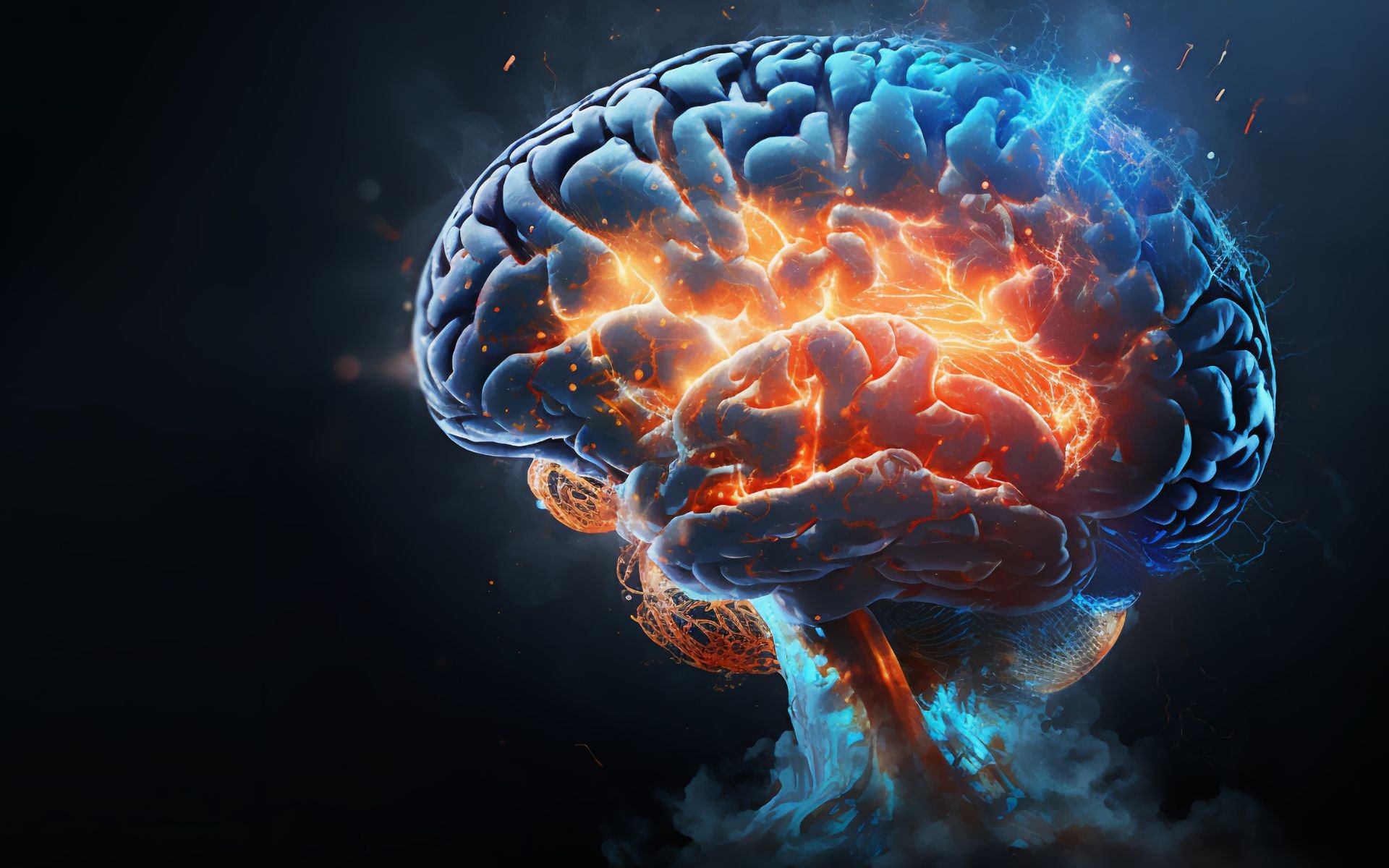A treatment option for the symptoms of Alzheimer’s disease (AD) was recently presented by scientists at Weifang Medical University in China and It has an extremely simple component: light.. In a review of studies involving nearly 600 patients with the disease, researchers found that stimulating a part of the brain with phototherapy improved sleep and psychobehavioral symptoms.
The meta-analysis included a total of 15 studies that tested photobiomodulation (PBM), a therapeutic technique. uses low-intensity light on specific cells; in this case the suprachiasmatic nucleus (SCN), a brain region involved in sleep regulation..
According to the study, “PBM stimulates the SCN with varying intensity and light durations to regulate melatonin secretion and facilitate communication between the hypothalamus and cortex, ultimately modulating circadian rhythms.” The therapy also shows promise in relieving symptoms such as apathy, depression, agitation, and aggression.
Phototherapy application in Alzheimer’s patients
Because Alzheimer’s disease affects sleep as well as cognitive functions in patients, researchers have observed that these people often have less exposure to light because they spend less time outdoors. This reduced light exposure, caused by reduced social interactions or eye problems, tends to disrupt the body’s circadian rhythms.
Therefore, phototherapy consists of: By exposing patients to a bright light that mimics sunlight, with a brightness of up to 10 thousand lux, for about half an hour. Retinal receptors transmit this light information directly to the SCN in the hypothalamus, which regulates our 24-hour biological cycle.
What were the results of phototherapy in Alzheimer’s?

The meta-analysis included 15 randomized controlled trials involving the use of phototherapy for Alzheimer’s disease or dementia. The studies were conducted in seven different countries between 2005 and 2022. The vast majority of the 598 participating patients, aged 60 to 85, had baseline to moderate dementia.
The authors noted that the systematic review showed that “overall, results revealed that phototherapy improved sleep efficiency, sleep quality, helped alleviate depressed mood, caregiver burden, and agitated behavior.” Besides, Phototherapy has fewer side effects than pharmacological treatments.
Because the samples of some studies included in the meta-analysis were small and contained some inconsistencies, the study recommends further studies with larger samples that could identify phototherapy as an effective treatment for sleep disorders and psychobehavioral symptoms in Alzheimer’s.
Stay up to date on science and health issues at TecMundo. If you wish, take the opportunity to learn how to identify the first warning signs of Alzheimer’s disease.
Source: Tec Mundo
I’m Blaine Morgan, an experienced journalist and writer with over 8 years of experience in the tech industry. My expertise lies in writing about technology news and trends, covering everything from cutting-edge gadgets to emerging software developments. I’ve written for several leading publications including Gadget Onus where I am an author.












